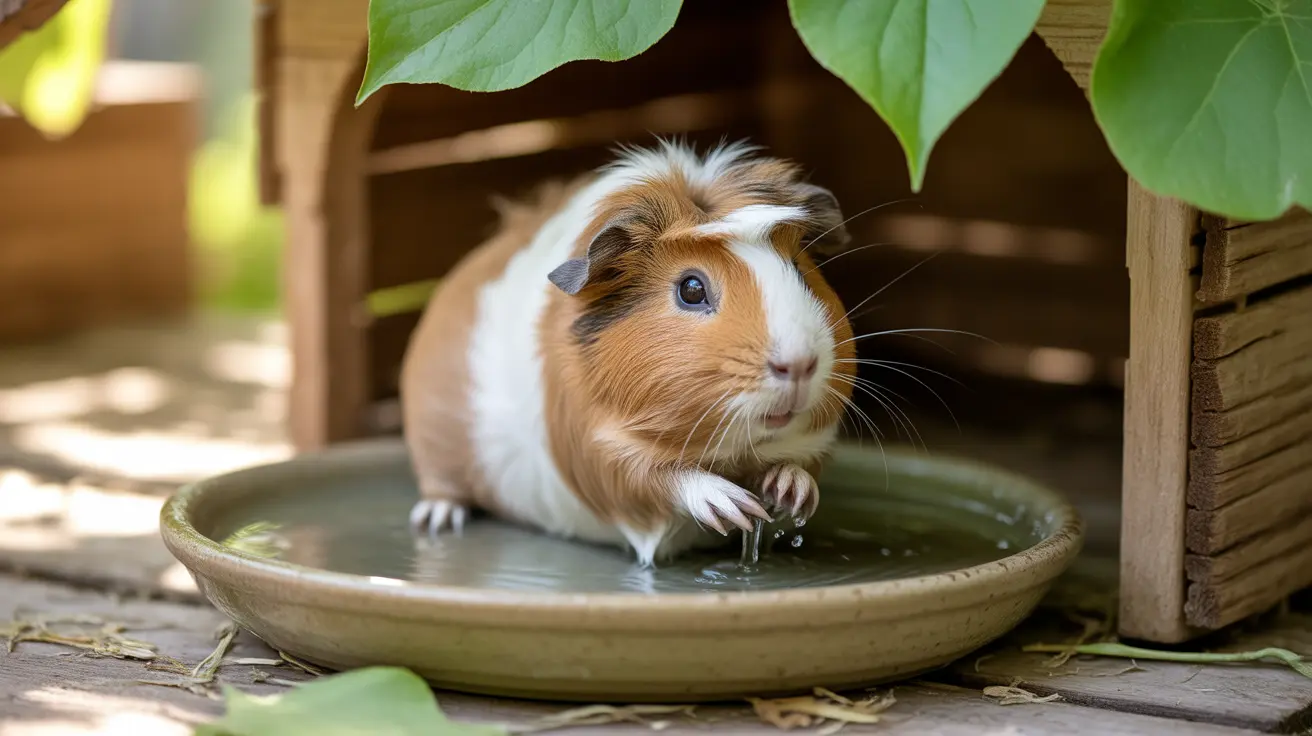How Long Does It Take for Sucralfate to Start Working?
Sucralfate is a widely-used medication in veterinary medicine, especially for treating and preventing gastrointestinal (GI) ulcers in dogs and cats. While not FDA-approved for animals, it is commonly prescribed off-label by veterinarians due to its effectiveness and safety profile. One of the most common questions pet owners ask is how quickly sucralfate begins to work after administration. Understanding the onset and function of the medication is essential for responsible pet care.
Understanding Sucralfate's Mechanism
Sucralfate acts as a mucosal protectant. When ingested, it reacts with stomach acid to form a sticky, viscous paste-like substance that binds to the surface of ulcerated or damaged areas in the gastrointestinal tract. This barrier shields tissue from further irritation by acid, bile, and enzymes, allowing natural healing processes to take place.
Onset of Action
Sucralfate typically starts working within 1 to 2 hours of oral administration. This timeframe allows the medication to dissolve, interact with stomach acids, and form a protective layer. Though it starts coating the affected areas quickly, visible improvement in symptoms like vomiting or discomfort may take a day or more depending on the severity of the condition.
How It's Administered
- Given orally as a tablet or liquid suspension
- Often administered on an empty stomach (30–60 minutes before meals)
- Tablets may be dissolved in water to create a slurry, especially for esophageal or upper GI tract issues
- Prescribed every 8 to 12 hours
It is crucial to follow your veterinarian’s instructions on how and when to give sucralfate for optimal results.
Clinical Uses
Aside from treating existing GI ulcers, sucralfate is also used as a preventive strategy in animals at high risk. Common conditions include:
- Medication-induced ulcers (e.g., from NSAIDs or steroids)
- Acid reflux or esophagitis
- Severe vomiting or diarrhea with signs of bloody stools
- GI damage from toxic substance ingestion
- Kidney failure, where sucralfate may also act as a phosphate binder
- Post-surgical GI care to protect healing tissue
Side Effects and Safety
Sucralfate is generally well-tolerated by dogs and cats. However, some occasional side effects may include:
- Constipation (most common)
- Vomiting or diarrhea (rare)
- Allergic reactions like swelling or difficulty breathing (very rare)
Use caution in pets that have:
- Kidney disease
- Constipation
- Are pregnant or nursing
- Diabetes (possible blood sugar impact not fully known in animals)
Drug Interactions
Sucralfate can affect the absorption of other medications. To reduce interactions, it’s recommended to space sucralfate doses by at least two hours from other medications. Inform your veterinarian of all medications your pet is taking, including over-the-counter supplements and herbal products.
Storage and Handling
- Store sucralfate at room temperature (59°F–86°F)
- Keep away from moisture, light, and heat
- Do not refrigerate or freeze the liquid form
- Keep out of reach of children and pets
- Dispose of unused medication as advised by your vet or local regulations
Veterinary Monitoring
Regular follow-up visits may be necessary to monitor your pet’s condition, assess the healing process, and identify any side effects. Contact your veterinarian immediately if your pet shows signs of worsening such as:
- Blood in vomit or stool
- Severe lethargy or discomfort
- Persistent vomiting/diarrhea
Conclusion
Sucralfate begins forming its protective barrier within 1–2 hours, helping to reduce further damage to the GI tract and promote healing. While not a fast-acting pain reliever, its value lies in its continued use to manage and prevent ulcers. Always administer under veterinary guidance, follow dosage timing, and observe for any adverse reactions. With proper care, sucralfate can significantly improve your pet's gastrointestinal health and comfort.





